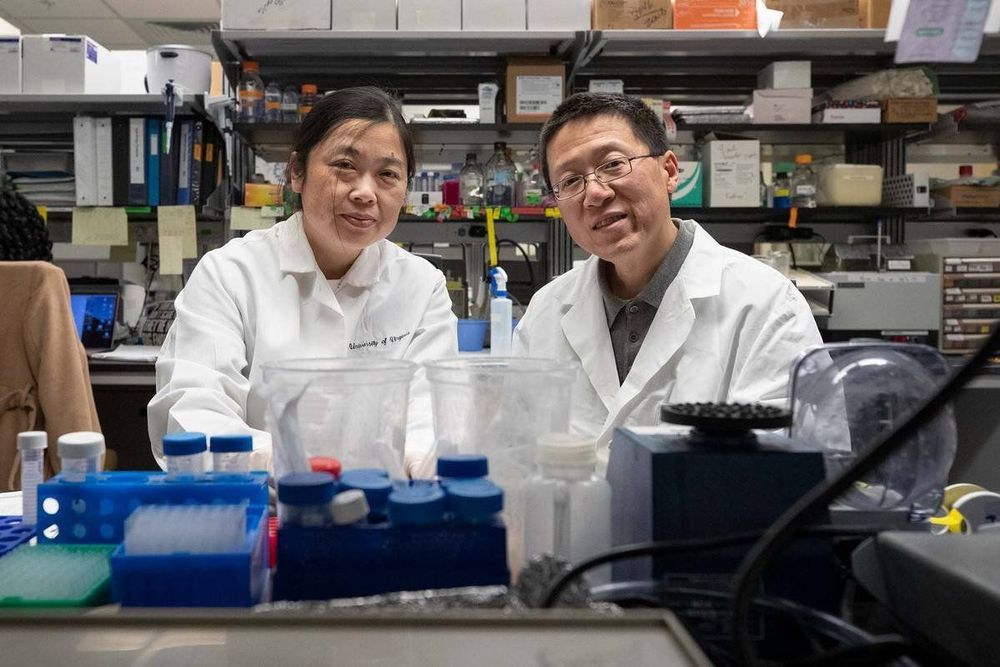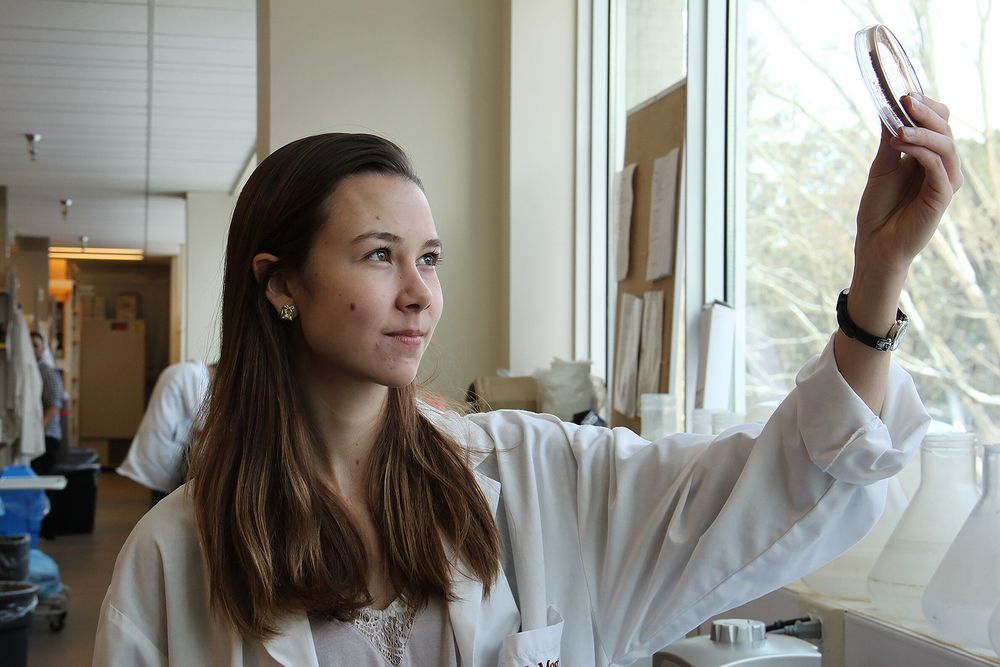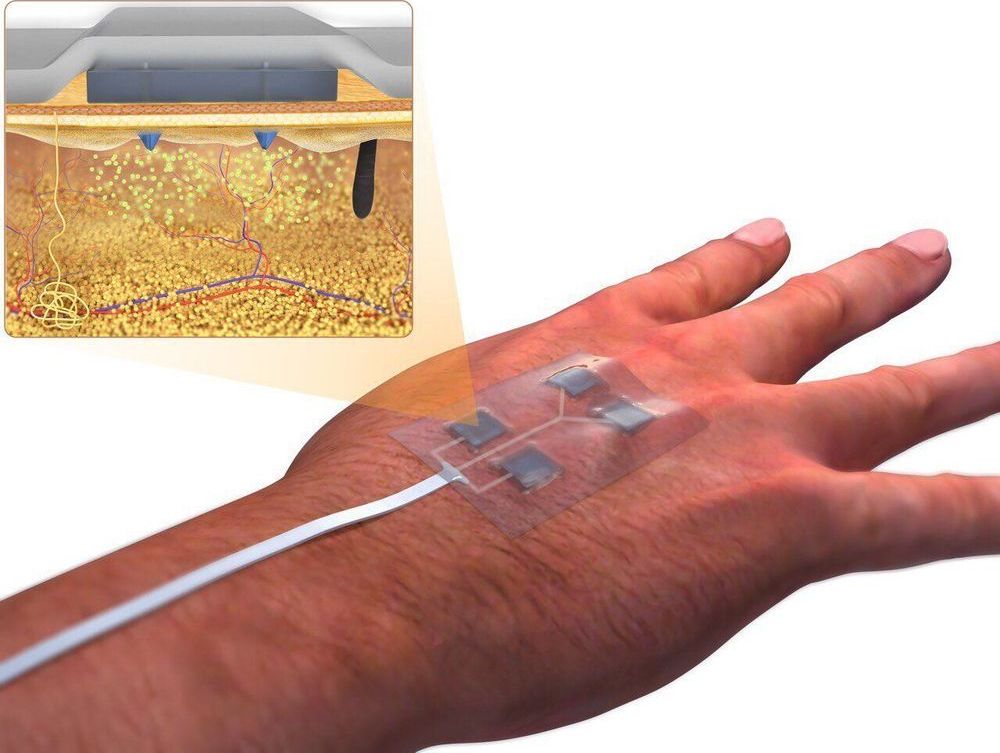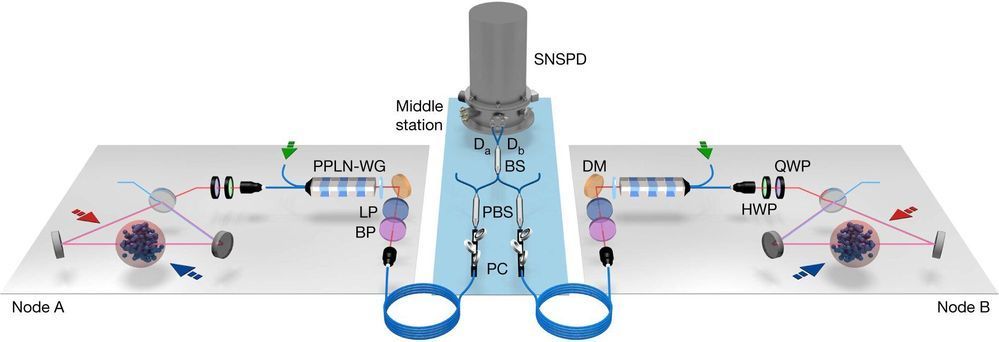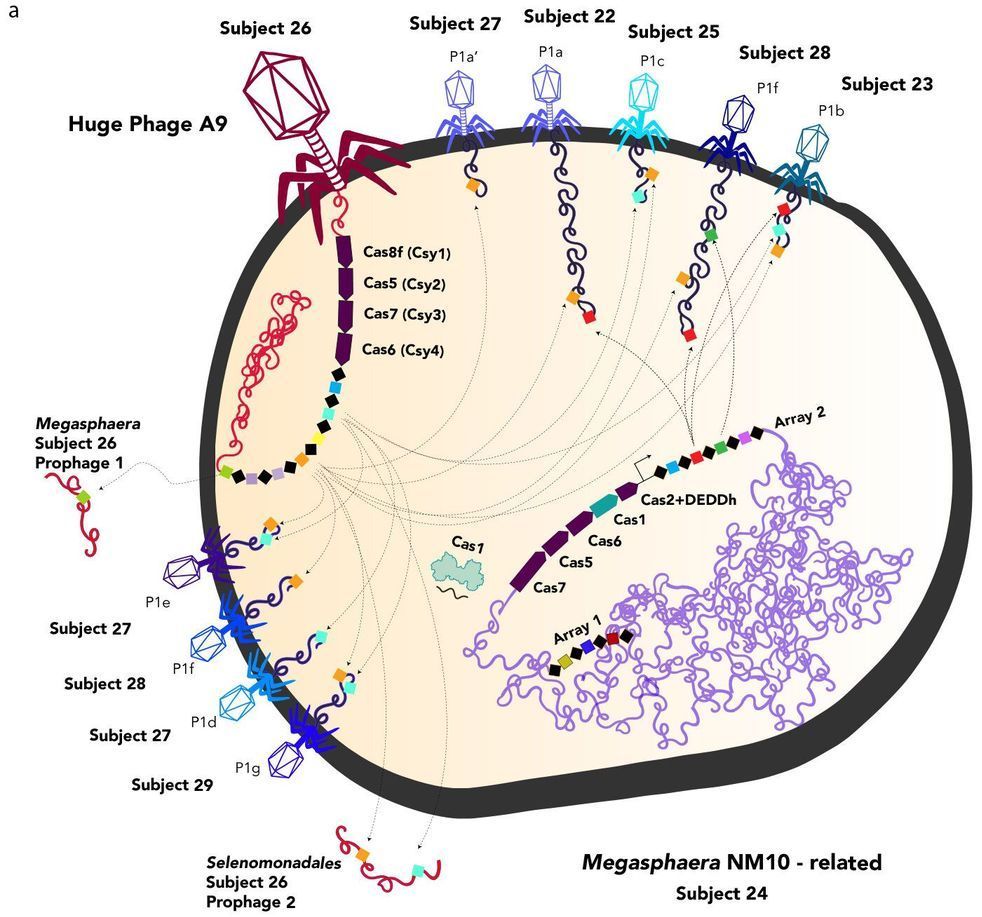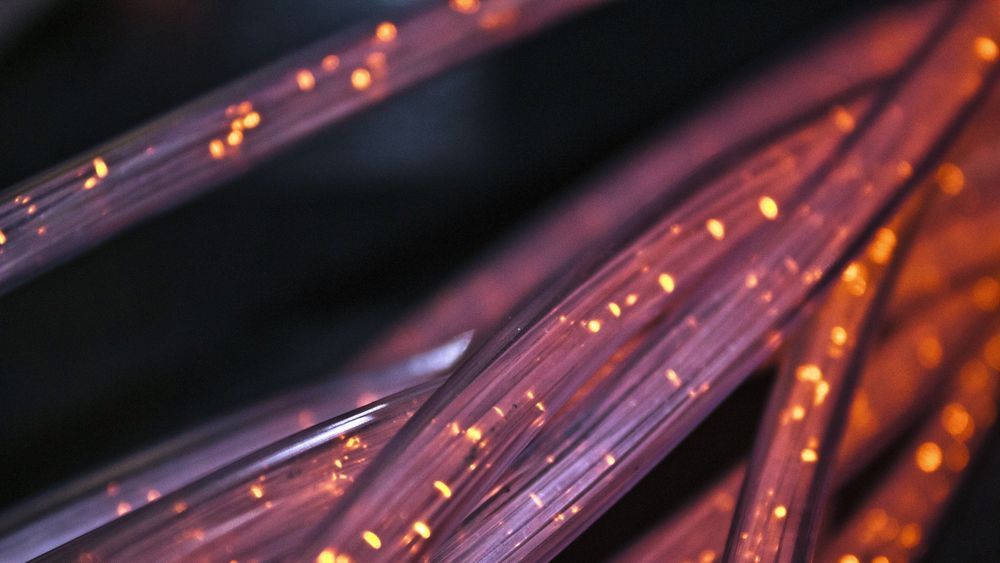Feb 13, 2020
Can art be effective medicine for treatment of mental and physical illness?
Posted by Paul Battista in categories: biotech/medical, education, health, neuroscience
Yes! In this video with my dear friend, artist Nicholas Wilton, I review the scientific data linking creativity and disease remission from Mind Over Medicine. Plus, Nick reads the quote he wrote in Brene Brown’s Daring Greatly about art-making as treatment for perfectionism. If you or someone you love has been hoping to become a “health outlier” who experiences a better than usual outcome from a health struggle, or if you just love art and want to improve your art-making as part of your prescription for optimal health and a vital, fully expressed life, we hope this will offer you inspiration—and a few medicinal laughs! (As an OB/GYN, I couldn’t resist drawing the female reproductive systems when we got to the art-making part.)
Nick will be teaching a wonderful free online art class ART 2 LIFE that starts on Valentine’s Day, so give yourself this gift of your love of art-making. You can sign up for the free course here. https://share.tellafrienda2l.com/a/a2lworkshop/LissaR

